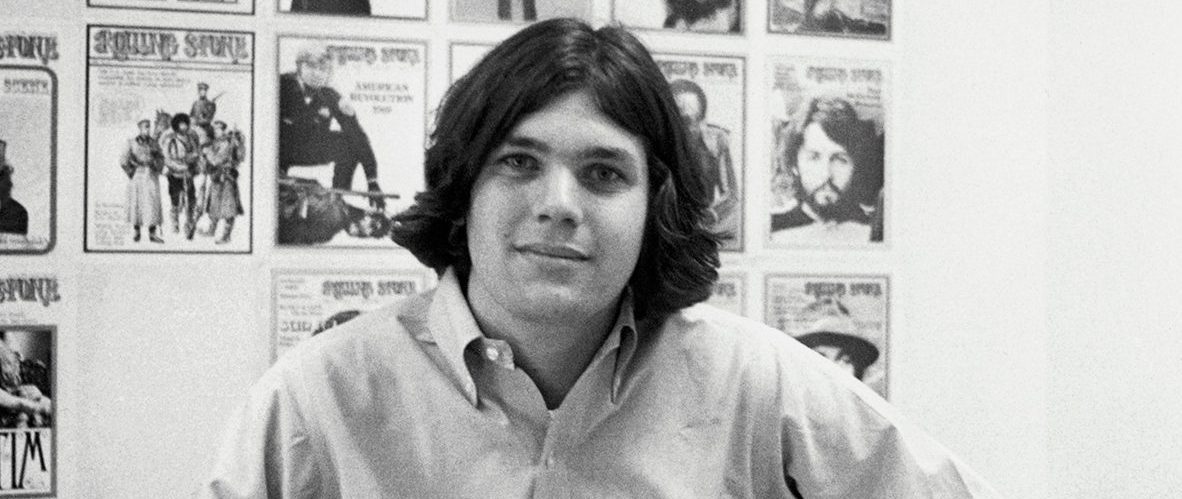Sticky Fingers: The Life and Times of Jann Wenner and Rolling Stone Magazine by Joe Hagan is the story of Jann Wenner, the founder of Rolling Stone Magazine. But it wasn’t originally supposed to be written by Hagan, according to a new piece in The Atlantic. Rich Cohen, who contributed to Rolling Stone, was approached multiple times by Wenner. Cohen had a list of conditions though, and Wenner did not agree. It seemed the problem was in the portrayal of Wenner: would it be through his eyes, or the eyes of others?
Cohen writes that Wenner is more than just the founder of a famous magazine. He is “the personification of the Baby Boom generation, with its outsize sway—for good and ill—over American culture as we have known it for half a century.” Cohen says that Hagan wrote the book Cohen himself could never have written, because Hagan is “remorseless.”
Sticky Fingers details the rise and fall of Rolling Stone, which started out as a small hippie publication. Wenner was not the only driving force behind the magazine, but he had immense help from his wife, Jane. Wenner was successful because he understood rock and roll was more than just music; he saw it as a culture. He also understood that this culture was a business, and utilized that to sell Rolling Stone, which became its own kind of celebrity.
But then the magazine went from cultural icon to moneymaking machine, Cohen says, and lately, has been criticized for stories like the falsely-sourced story about a fraternity rape at the University of Virginia or when the magazine sent Sean Penn to interview drug lord El Chapo.
Cohen writes that Hagan wrote a great book, one that he admires, but there is one thing missing. Though there is plenty to say about Wenner’s downfalls, Cohen says Sticky Fingers forgets to include “the infectious charm of Wenner; his gleeful, here-goes, let’s-hope-we-don’t-get-shot zeal for adventure,” and does not mention how fun he could be, or his contagious enthusiasm. Cohen says that Wenner’s pen did not define him as an editor, instead, his vision and energy did.
This article was featured in the InsideHook newsletter. Sign up now.
























